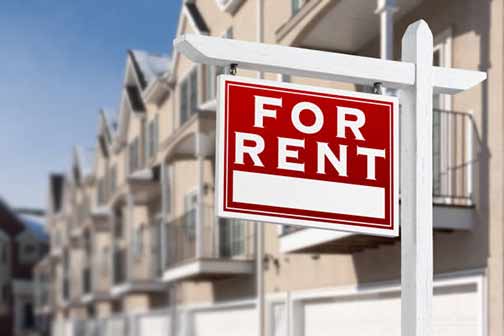
In the world of rental properties, both renters and landlords play crucial roles in maintaining the condition of the home. Understanding the plumbing responsibilities of each party ensures a harmonious living environment and helps prevent disputes. Below we provide an overview of the plumbing responsibilities for renters versus landlords, shedding light on who should bear the costs and under what circumstances.
Understanding Basic Plumbing Systems
Before getting into the specific responsibilities, it is essential to understand the basics of the plumbing system. A typical plumbing system consists of water supply pipes, drainage pipes, fixtures, and appliances. The main components include the water meter, shut-off valve, and water heater. Plumbing systems are prone to issues like leaks, clogs, and burst pipes, which require timely actions to prevent further damage. Knowing the components and their functions will help both renters and landlords identify their responsibilities effectively.
Renters’ Responsibilities for Plumbing
Renters have a set of obligations to ensure the proper maintenance and functionality of the property’s plumbing system. These responsibilities generally include:
Reporting Issues Promptly
Renters must promptly report any plumbing issues to the landlord or property management. Delayed reporting can exacerbate the problem and lead to more extensive damage, which may result in higher repair costs. Immediate communication is key to addressing issues before they escalate.
Routine Maintenance and Proper Use
Regular maintenance and proper usage of plumbing fixtures and appliances are renter responsibilities. This includes avoiding the disposal of inappropriate items down the drains, such as grease, hair, and sanitary products. Renters should also clean fixtures and appliances regularly to prevent buildup and potential clogs.
Minor Repairs
While major plumbing repairs are typically the landlord’s responsibility, renters are sometimes expected to handle minor repairs. This can include tasks like unclogging a sink or toilet, replacing a showerhead, or addressing minor leaks. It is essential to review the lease agreement to understand which minor repairs fall under the renter’s purview.
Consequences of Negligence
If a renter’s negligence or misuse leads to plumbing damage, they may be held accountable for the repair costs. For example, if a renter causes a blockage by flushing inappropriate items, they are likely responsible for the resulting repair. Negligence can result in financial liability and potential disputes with the landlord.

Landlords’ Responsibilities for Plumbing
Landlords have the primary obligation to ensure that the rental property’s plumbing system is functional, safe, and compliant with local building codes. Their responsibilities include:
Initial Inspections and Regular Maintenance
Before renting out a property, landlords must conduct thorough inspections to ensure the plumbing system is in good working condition. This includes checking for leaks, ensuring proper water pressure, and verifying that all fixtures and appliances are functional. Regular maintenance checks are also necessary to identify and address potential issues before they become significant problems.
Major Repairs and Replacements
Landlords are generally responsible for major plumbing repairs and replacements. This includes fixing burst pipes, repairing or replacing water heaters, and addressing sewer line issues. Ensuring prompt and professional repairs is crucial for maintaining the property’s habitability and preventing further damage.
Compliance with Local Codes and Regulations
Landlords must ensure that the property’s plumbing system complies with local building codes and regulations. This includes obtaining necessary permits for plumbing work, conducting inspections, and addressing any code violations promptly. Compliance is essential for the safety of the tenants and the property.
Handling Plumbing Emergencies
In the event of a plumbing emergency, such as a burst pipe or severe leak, landlords must act swiftly to resolve the issue. Providing tenants with emergency contact information for plumbing services and establishing a clear protocol for handling emergencies is essential for minimizing damage and restoring functionality.
Shared Responsibilities and Gray Areas
In some cases, plumbing responsibilities may not be clearly defined, leading to potential gray areas. Both parties should review the lease agreement to understand their respective obligations. When in doubt, open communication between renters and landlords can help resolve ambiguities and prevent disputes.
Common Areas and Shared Fixtures
In multi-unit buildings, common areas and shared fixtures, such as laundry rooms and communal bathrooms, are typically the landlord’s responsibility. However, renters should report any issues promptly to ensure timely repairs.
Preventive Measures
Both renters and landlords can take preventive measures to protect the plumbing system. For example, during cold weather, landlords can insulate pipes to prevent freezing, while renters can keep a small drip of water running to avoid pipe bursts. Working together to implement preventive measures benefits both parties.
Summing it Up
Understanding the plumbing responsibilities of renters and landlords is crucial for maintaining a well-functioning rental property. Clear communication, timely reporting, and adhering to responsibilities outlined in the lease agreement are essential for preventing disputes and ensuring a harmonious living environment.
By working together and taking proactive measures, both renters and landlords can contribute to the overall upkeep and safety of the property.

